Many people are interested in what is the uniqueness of Belovezhskaya Pushcha. First of all, its incredible authenticity. It is not a recreated landscape, but a living echo of the past – the oldest relic forest in Europe, which has preserved its millennia-old roots and escaped urbanisation. Situated between Belarus and Poland, the forest is a unique testament to what Europe was like before large-scale human intervention.
It has been a UNESCO site since 1979. The World Heritage status was awarded not so much for the external beauty of the species as for its exceptional scientific and biological value. The Pushcha is not just a picturesque landscape; it is history itself, living in the rings of centuries-old oaks and in the pristine silence, broken only by the cry of the owl.
What is the uniqueness of Belovezhskaya Pushcha – historical value
Belovezhskaya Pushcha is not just a protected area marked on a map. It was neither legalised by decrees nor approved by voting. It has survived everything: wars, change of regimes, reshuffling of borders – and it survived. Back in 1409, Grand Duke Vitovt imposed a ban on hunting, thus initiating the official protection of these lands. Then royal lands appeared here under Jagiello and Sigismund August. Napoleon’s army passed by, and the horrors of the Second World War passed right through the forest. But the forest survived.
The history of this place does not fit into textbooks – it is embedded in the roots, the bark, the soil. It is not a museum where the past is frozen in the shop windows. Belovezhskaya Pushcha lives – and every year adds a new page to its living chronicle. The giant oaks have been standing here for more than six centuries. They keep the memory of what no man can remember. They are true witnesses of history that keep on talking if you listen.
Species richness as a basis for uniqueness
 If you ask what is the uniqueness of Belovezhskaya Pushcha from the point of view of wildlife, the answer will be obvious – its phenomenal biodiversity. On a relatively small area (a little more than 1500 square kilometres) there are more than 59 species of mammals, almost 250 species of birds (half of all species of Belarus) and about a thousand species of plants. It’s not just the number: every tenth species here is rare and protected, included in the Red Book.
If you ask what is the uniqueness of Belovezhskaya Pushcha from the point of view of wildlife, the answer will be obvious – its phenomenal biodiversity. On a relatively small area (a little more than 1500 square kilometres) there are more than 59 species of mammals, almost 250 species of birds (half of all species of Belarus) and about a thousand species of plants. It’s not just the number: every tenth species here is rare and protected, included in the Red Book.
The flora and fauna of Belovezhskaya Pushcha offers a special ensemble: moose, lynxes, otters, grouse, black storks, mosses. Mushrooms, which even Japanese biochemists are studying. The state has officially recognised their value and included them in protection registers. This is not a forest, but a living laboratory.
The bison as a symbol of Belarus
The bison of Belovezhskaya Pushcha are not just animals, but a symbol of survival and regeneration. When the last wild bison disappeared at the beginning of the 20th century, only 48 individuals remained in captivity. Scientists collected the gene pool, created a recovery programme, and in 1952 the first animals returned to the forest.
Now the population exceeds 600 animals. The bison has become the emblem not only of the territory, but also of the philosophy of endurance. No other reserve in Eastern Europe could boast such a programme of fauna revitalisation. Tourists don’t just photograph them – they come face to face with the success of science and nature.
What is the value of Belovezhskaya Pushcha? In tourism without selfie sticks and fuss
Tourism in Belovezhskaya Pushcha develops the model of “slow holidays”. There are no noisy beaches, no buzzing quad bikes, no queues for bungee jumping. The main stake is observation, breathing, silence. Each route is a dialogue with the ecosystem.
Pushcha uses ecological routes that include:
- Hiking trails from 2 to 12 kilometres long – from the Giant Oaks Trail to the Giant Trail.
- Bicycle trails along old forest roads.
- Lookouts and observation towers with panoramic views of wetlands and rare bird nests.
In 2024, more than 530 thousand people visited Belovezhskaya Pushcha, including 117 thousand guests from abroad – an increase of 60% compared to the previous year. But the flow does not make this place mass in the usual sense. It is not the fence that selects tourists here, but the internal demand. People go to the forest not for the glossy look, but for the real thing. Those who are looking for a deep experience – something that cannot fit into Instagram and cannot be transmitted through filters – are drawn here.
Tall oaks and incredibly beautiful fir trees – unique to the country
Belovezhskaya Pushcha in Belarus is the only place in the country where oaks grow higher than 40 metres and spruce forests reach 45 metres in height. These parameters are not just impressive – they determine the microclimate in which ecosystems are born.
The plants here do not repeat the scheme of a botanical garden. There are relict species preserved since the Ice Age. Among them are Dortman’s lobelia, annual plavunus, Venus slipper. Scientists have recorded unique species that occur exclusively here and nowhere else on the planet.
Animals, including more than 12 species of bats that settle in old hollow trees untouched by logging. Mammals coexist with rare birds, including the white stork and the white-tailed eagle – objects of special interest to ornithologists.
So what is the uniqueness of Belovezhskaya Pushcha?
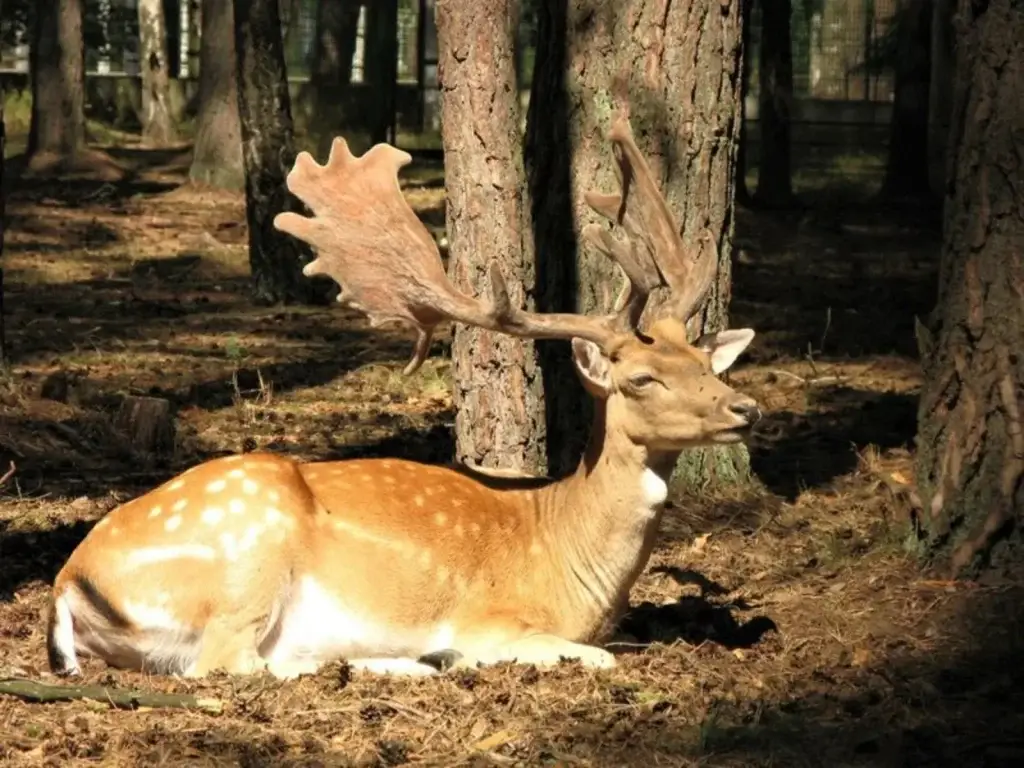 The answer is not in the rhetoric, but in the very essence of the forest. It is an ecosystem that has miraculously survived centuries, wars, border changes and climatic storms. Its uniqueness is manifested in everything: in its archaic nature with restored bison and mighty 40-metre oak forests, in relict plants and astonishing density of rare species confirmed by scientific data. That is why tourism here is not just an entertainment, but an experience of deep contact with the living, wild landscape, which is not adapted for mass visitors. Belovezhskaya Pushcha remains a living phenomenon that not only exists, but also continues to influence. Come to touch the living history and feel the breath of the ancient forest. It is an experience that changes the way you look at nature and time.
The answer is not in the rhetoric, but in the very essence of the forest. It is an ecosystem that has miraculously survived centuries, wars, border changes and climatic storms. Its uniqueness is manifested in everything: in its archaic nature with restored bison and mighty 40-metre oak forests, in relict plants and astonishing density of rare species confirmed by scientific data. That is why tourism here is not just an entertainment, but an experience of deep contact with the living, wild landscape, which is not adapted for mass visitors. Belovezhskaya Pushcha remains a living phenomenon that not only exists, but also continues to influence. Come to touch the living history and feel the breath of the ancient forest. It is an experience that changes the way you look at nature and time.

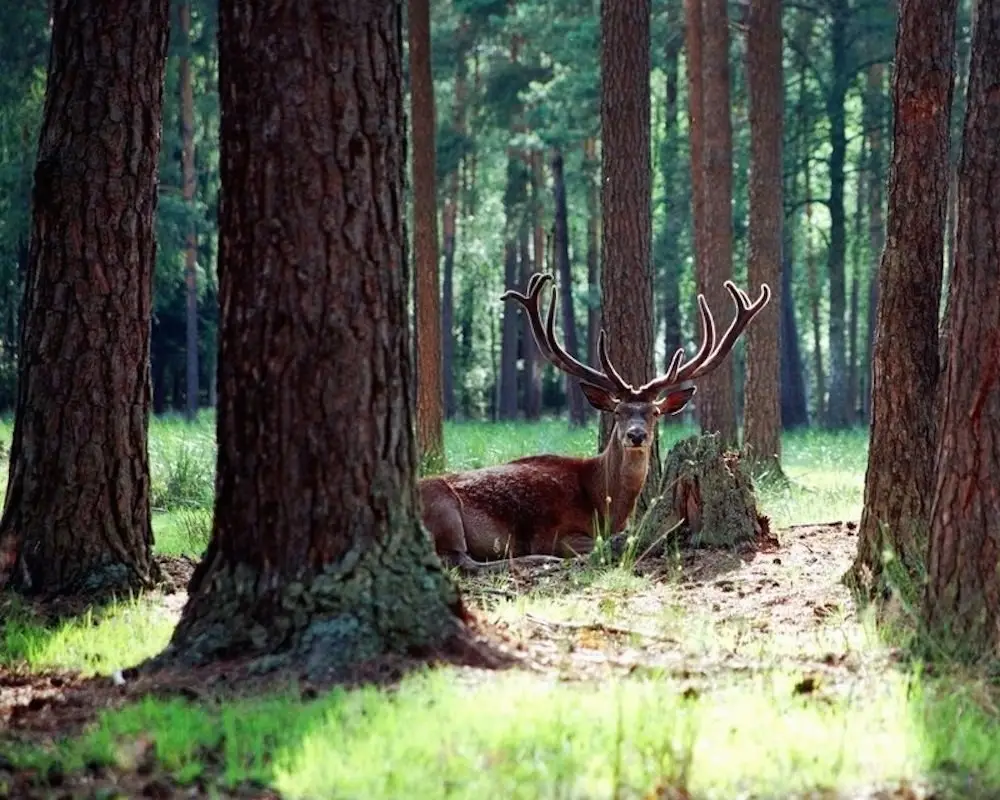
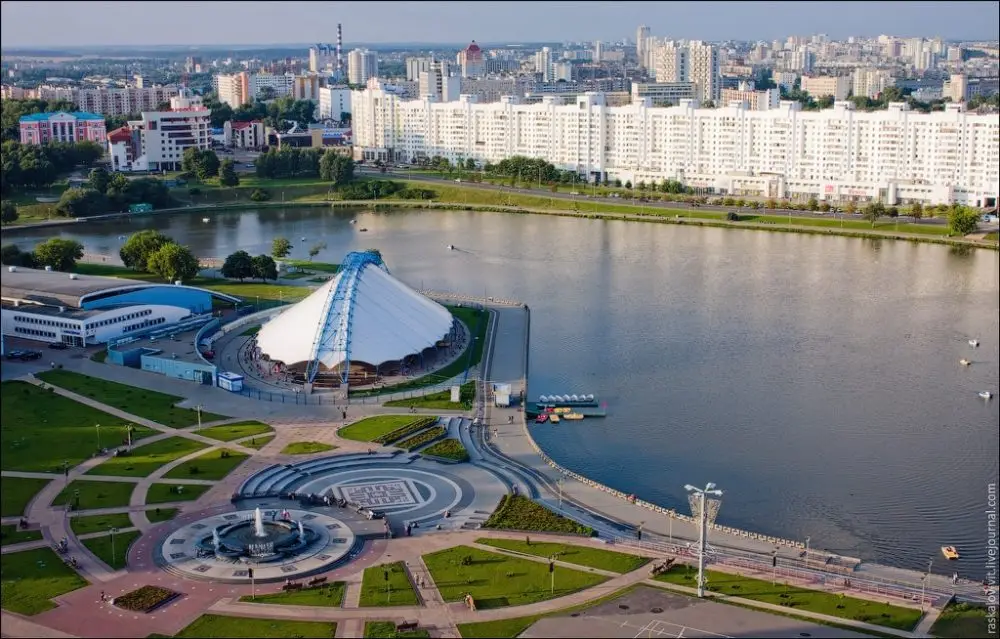
 Minsk is one of the greenest cities in Europe. There are many beautiful parks and cosy squares here. There are also botanical gardens where it is pleasant to walk. The places are ideal for outdoor recreation.
Minsk is one of the greenest cities in Europe. There are many beautiful parks and cosy squares here. There are also botanical gardens where it is pleasant to walk. The places are ideal for outdoor recreation.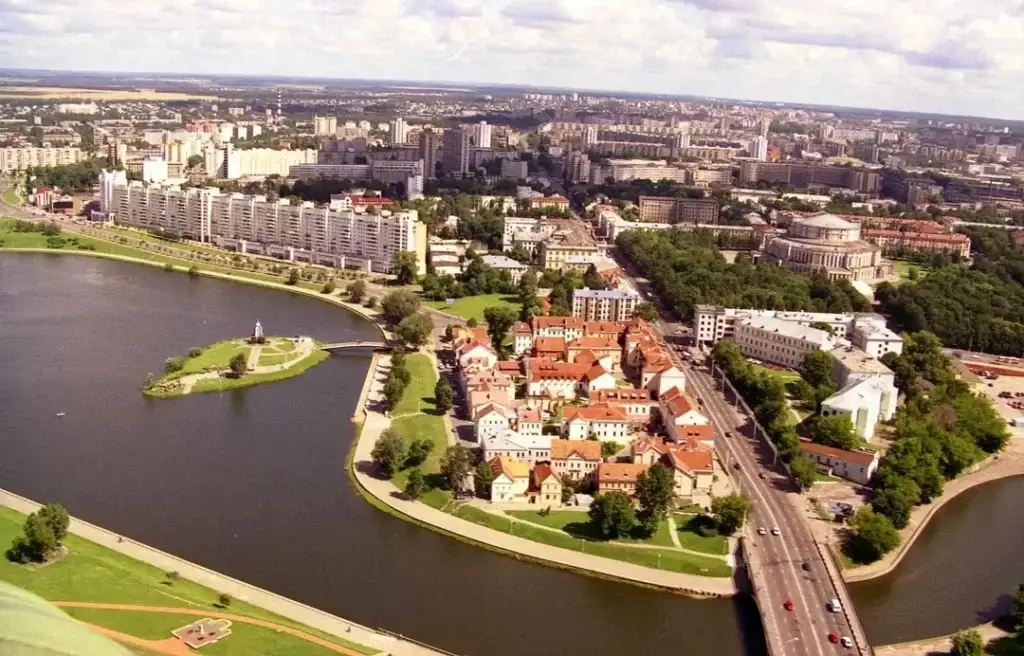 The Belarusian city can surprise even the most sophisticated traveller. Everyone will find something for themselves here: from strolling along historical streets to outdoor activities. The capital of Belarus is a place where you can not only enjoy the beauty of architecture and cosy parks, but also immerse yourself in the atmosphere of cultural events that will leave unforgettable impressions.
The Belarusian city can surprise even the most sophisticated traveller. Everyone will find something for themselves here: from strolling along historical streets to outdoor activities. The capital of Belarus is a place where you can not only enjoy the beauty of architecture and cosy parks, but also immerse yourself in the atmosphere of cultural events that will leave unforgettable impressions.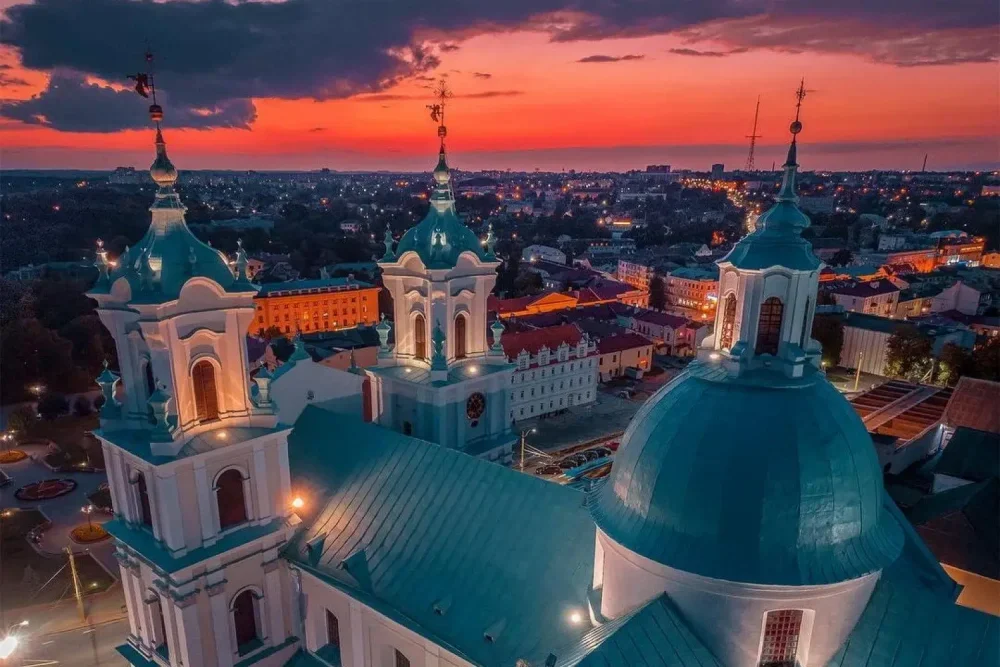
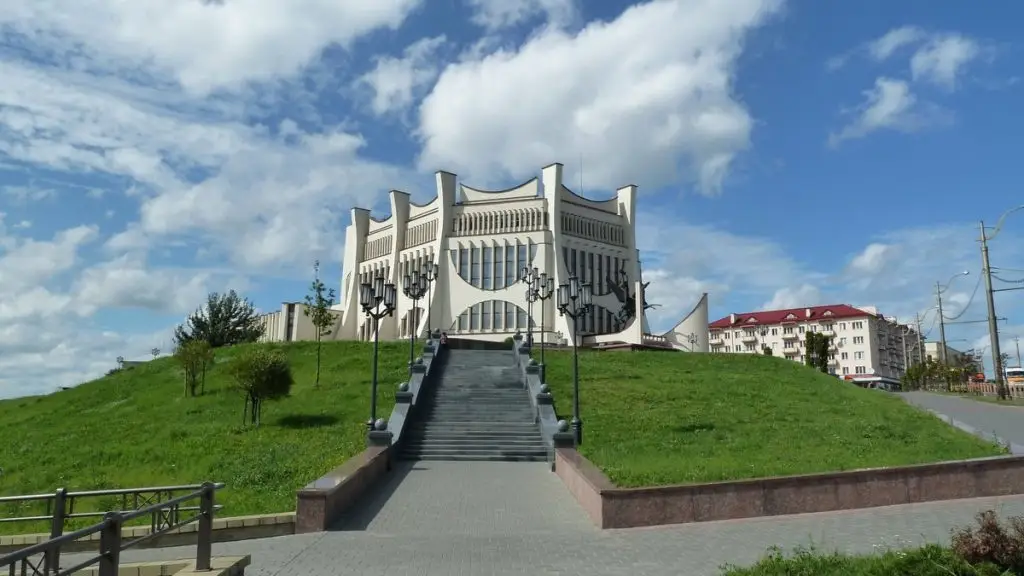 Grodno sights include: Old and New Castles – iconic objects that define the image of the city. Without them the historical panorama of the city is impossible.
Grodno sights include: Old and New Castles – iconic objects that define the image of the city. Without them the historical panorama of the city is impossible. Grodno is a city that is impossible not to fall in love with, its sights impress with their originality and historical value. Castles, churches, museums, parks and natural corners make it an ideal place for travelling. Its history, culture and special flavour preserve its unique atmosphere. A Grodno tourist route is an opportunity to discover one of the most beautiful corners of Belarus.
Grodno is a city that is impossible not to fall in love with, its sights impress with their originality and historical value. Castles, churches, museums, parks and natural corners make it an ideal place for travelling. Its history, culture and special flavour preserve its unique atmosphere. A Grodno tourist route is an opportunity to discover one of the most beautiful corners of Belarus.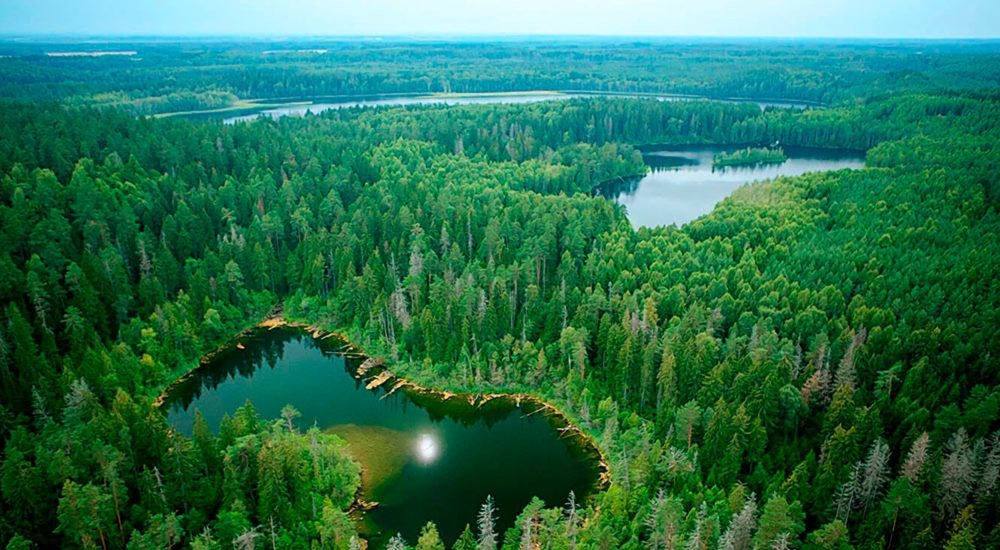
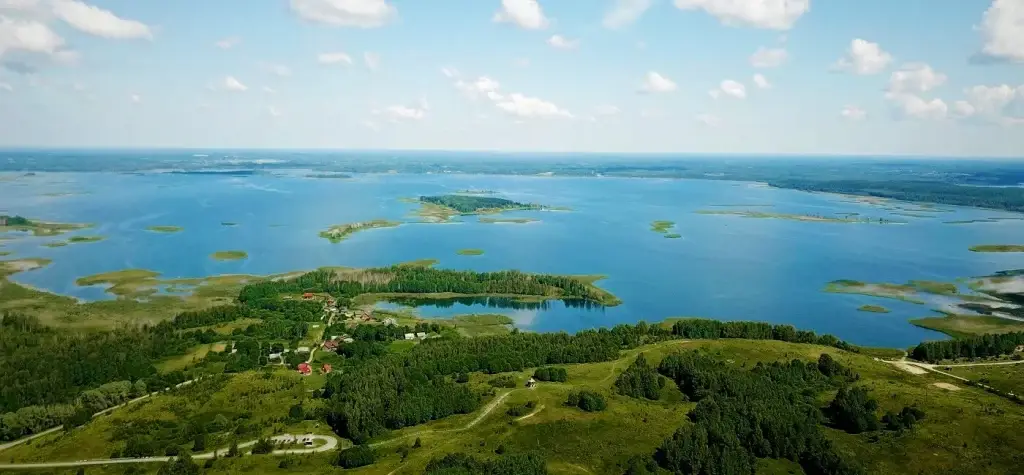 Let’s meet the most famous ones.
Let’s meet the most famous ones.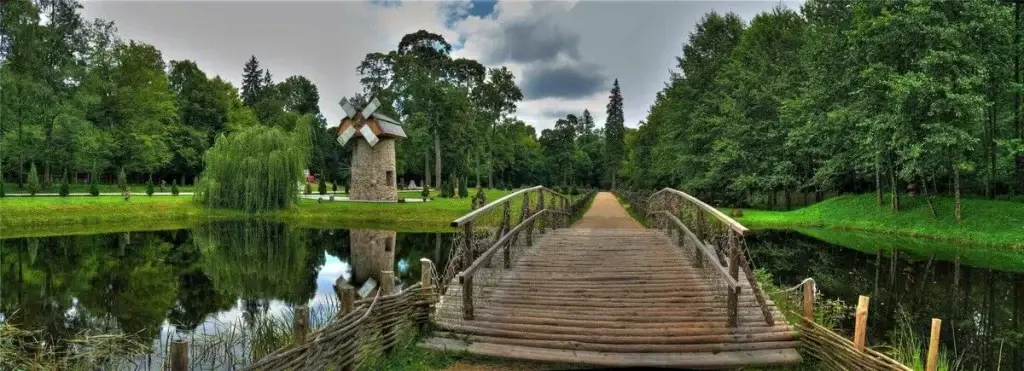 National parks and reserves of Belarus are living heritage that requires protection and respect. They allow you to see real nature, get acquainted with unusual and little-known species of flora and fauna, and experience an incomparable ecotourism experience. Travelling through such places leaves unforgettable impressions.
National parks and reserves of Belarus are living heritage that requires protection and respect. They allow you to see real nature, get acquainted with unusual and little-known species of flora and fauna, and experience an incomparable ecotourism experience. Travelling through such places leaves unforgettable impressions.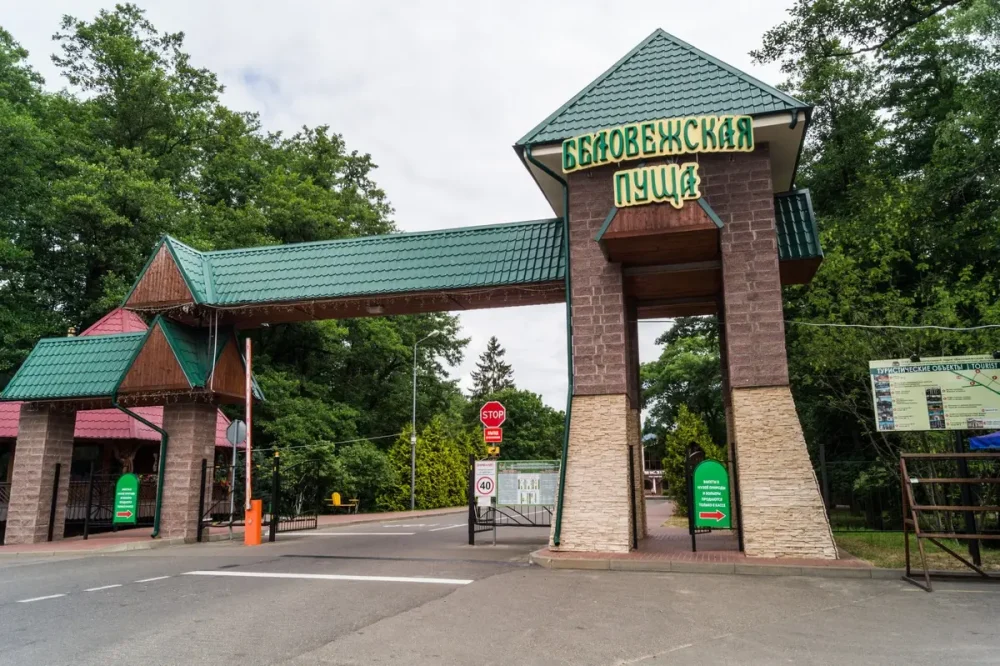
 One of the main symbols of the forest is the bison, the largest land mammal in Europe. The animals are of special value, as this is where the species was preserved after being threatened with extinction in the early 20th century. Today, the population numbers several hundred individuals, which makes the forest a unique area for observation. Special features of Belovezhskaya Pushcha include a well-developed infrastructure for seeing bison: special enclosures, observation platforms and observation towers allow tourists to safely see these giants from a distance of several metres.
One of the main symbols of the forest is the bison, the largest land mammal in Europe. The animals are of special value, as this is where the species was preserved after being threatened with extinction in the early 20th century. Today, the population numbers several hundred individuals, which makes the forest a unique area for observation. Special features of Belovezhskaya Pushcha include a well-developed infrastructure for seeing bison: special enclosures, observation platforms and observation towers allow tourists to safely see these giants from a distance of several metres. Belovezhskaya Pushcha continues to inspire explorers, tourists and conservationists around the world. The location not only demonstrates the richness of nature, but also serves as a model of harmonious coexistence between humans and wildlife. The peculiarities of Belovezhskaya Pushcha provide a unique experience for every visitor, revealing the secrets of nature at every step.
Belovezhskaya Pushcha continues to inspire explorers, tourists and conservationists around the world. The location not only demonstrates the richness of nature, but also serves as a model of harmonious coexistence between humans and wildlife. The peculiarities of Belovezhskaya Pushcha provide a unique experience for every visitor, revealing the secrets of nature at every step.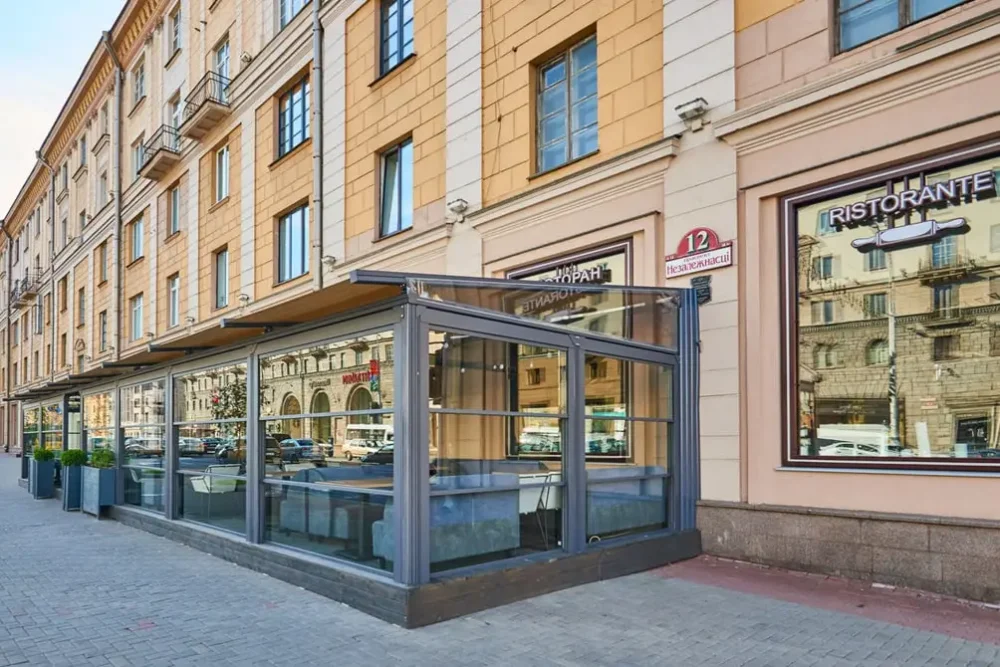
 Ovino deservedly occupies leading positions in the top restaurants in Minsk. The facility specialises in Italian cuisine with an emphasis on freshness of products. Pizza on thin dough, handmade pasta, and sea delicacies create an atmosphere of lightness and flavour. The average check is 50-70 roubles for a dinner for two. The cosy interior and wine list make this place ideal for romantic meetings and gastronomic evenings.
Ovino deservedly occupies leading positions in the top restaurants in Minsk. The facility specialises in Italian cuisine with an emphasis on freshness of products. Pizza on thin dough, handmade pasta, and sea delicacies create an atmosphere of lightness and flavour. The average check is 50-70 roubles for a dinner for two. The cosy interior and wine list make this place ideal for romantic meetings and gastronomic evenings.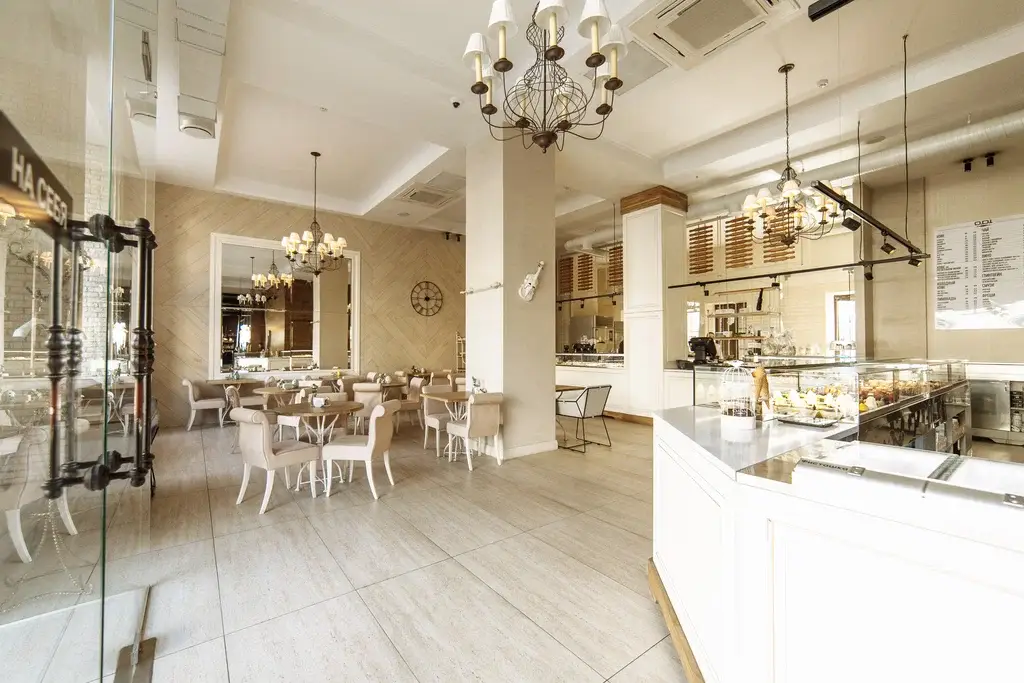 The best restaurants of Minsk form a new face of the capital’s gastronomy. Belarusian cuisine here looks modern, European traditions get a new sound, and the atmosphere of each establishment creates a unique impression. Travelling through the culinary map becomes as important as walking along the streets of the Old Town or excursions to museums. A gastronomic guide helps you not to get lost in the variety and make the right choice in favour of bright flavours and unforgettable impressions.
The best restaurants of Minsk form a new face of the capital’s gastronomy. Belarusian cuisine here looks modern, European traditions get a new sound, and the atmosphere of each establishment creates a unique impression. Travelling through the culinary map becomes as important as walking along the streets of the Old Town or excursions to museums. A gastronomic guide helps you not to get lost in the variety and make the right choice in favour of bright flavours and unforgettable impressions.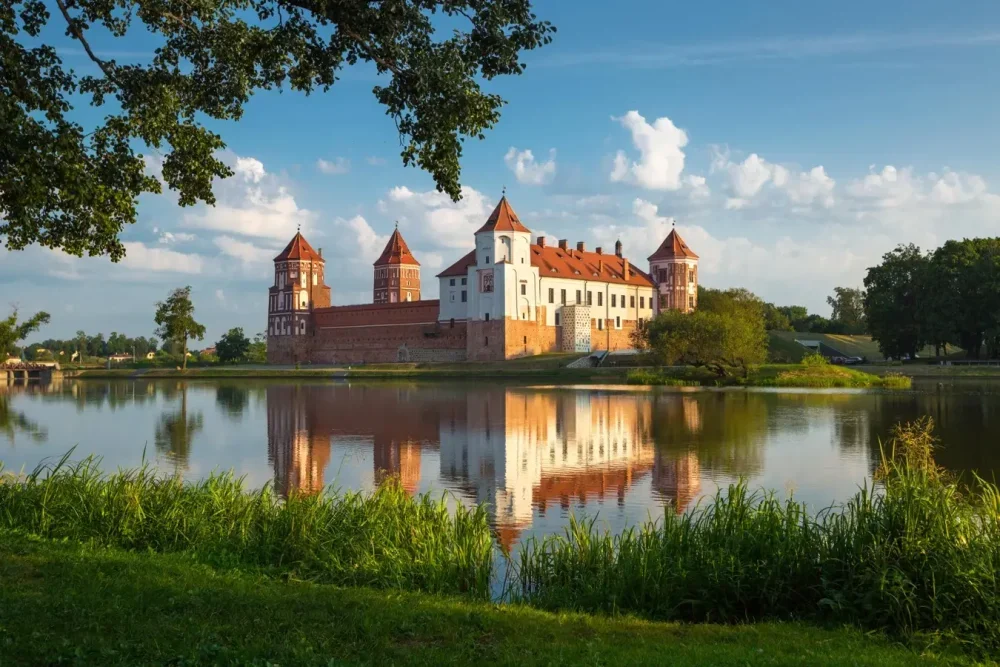
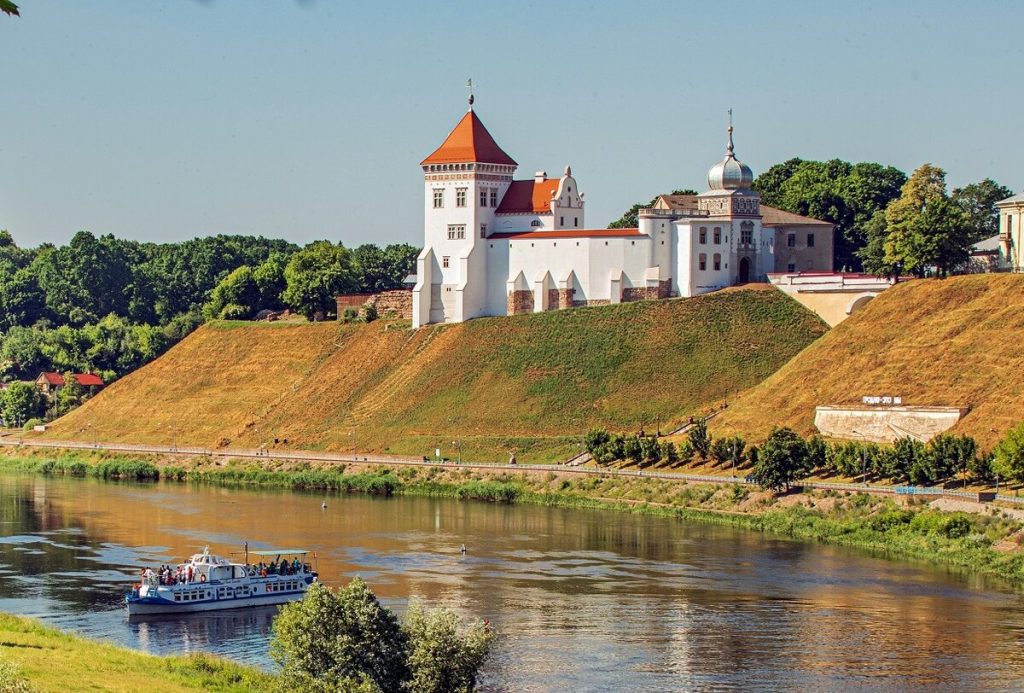
 Holidays in Belarus are not about swanky views and mass market routes. Something else works here: breathing, observing, participating. Tourism triggers this process: interaction with the landscape, with tradition, with the people. Each region develops its own language – some through flavour, some through history, some through slow walks. There is no standardised format, but rather unique paths.
Holidays in Belarus are not about swanky views and mass market routes. Something else works here: breathing, observing, participating. Tourism triggers this process: interaction with the landscape, with tradition, with the people. Each region develops its own language – some through flavour, some through history, some through slow walks. There is no standardised format, but rather unique paths.